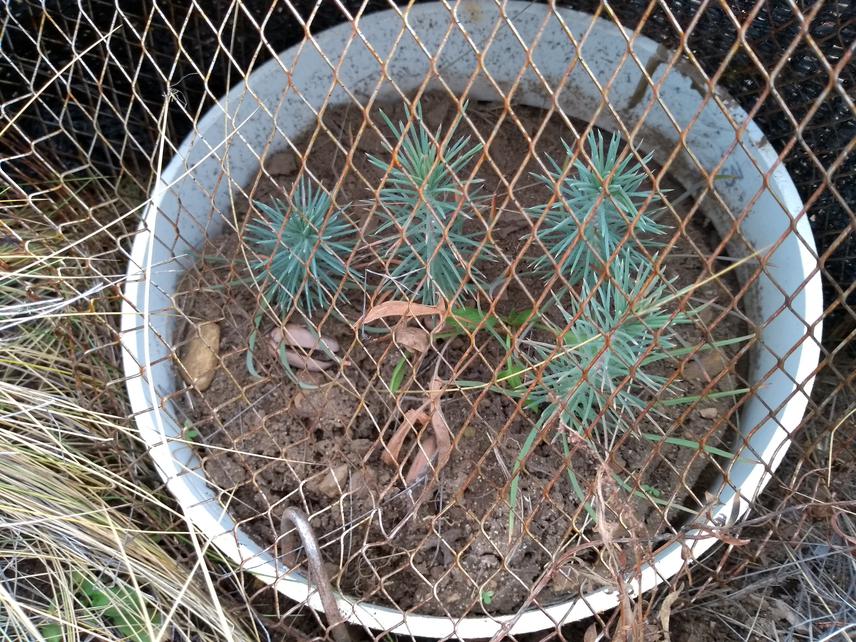Jaime Moyano
The main objective of this project is to prevent further non-native Pine invasions in Patagonia, which have many negative consequences on native ecosystems. It is of great importance that future increase in the area planted with non-native Pines is done choosing the species with less probability of invasion. To discriminate invasive from non-invasive Pines we will identify invasive traits. Through an experiment using 18 different non-native Pine species we will evaluate what traits favour establishment under different environmental conditions. To carry this knowledge into practice we will meet with forestry stakeholders and discuss possible ways of avoiding invasive Pines plantation.

©Jaime Mayano.
Pine invasions in Patagonia negatively affect native communities and ecosystems. By modifying ecosystem processes such as nutrient cycling, fire regime and hydrologic cycle Pines can alter native species habitats and threaten their persistence. For example, in native grasslands invasive Pines have increased fire intensity, with consequent soil erosion and reduced plant species diversity. The amount of land planted with non-native Pines will increase considerably in the next decade due to the expansion of the forestry industry. By planting species with lower probabilities of invasion, we may be able to prevent future invasions and conserve native biodiversity.
The purpose of this project is to make forestry more sustainable by identifying Pine species with good timber characteristics and traits that make them less likely to invade. We will conduct an experiment using multiple Pine species with broad variation in morphological traits, namely seed size (SZ), maximum height (MH), specific leaf area (SLA), wood density (WD) and relative growth rate (RGR), and evaluate their invasion potential. Specifically, we will sow 18 Pines and the native conifer Austrocedrus chilensis under different treatments that re-create the most common natural barriers that Pines need to overcome to invade Patagonian environments. The traits we have selected to measure are key in regeneration and growth of woody species under different biotic and abiotic conditions. With this experiment, we hope to identify the traits that favour establishment under different environmental conditions. Choosing the species that are less likely to establish under different conditions will reduce the probability of invasion without affecting the goals of plantation forestry. Once we have the results of this experiment we plan to meet with local forest nursery owners, foresters and forest extension agents to discuss some guidelines on species selection for a more sustainable forestry industry.